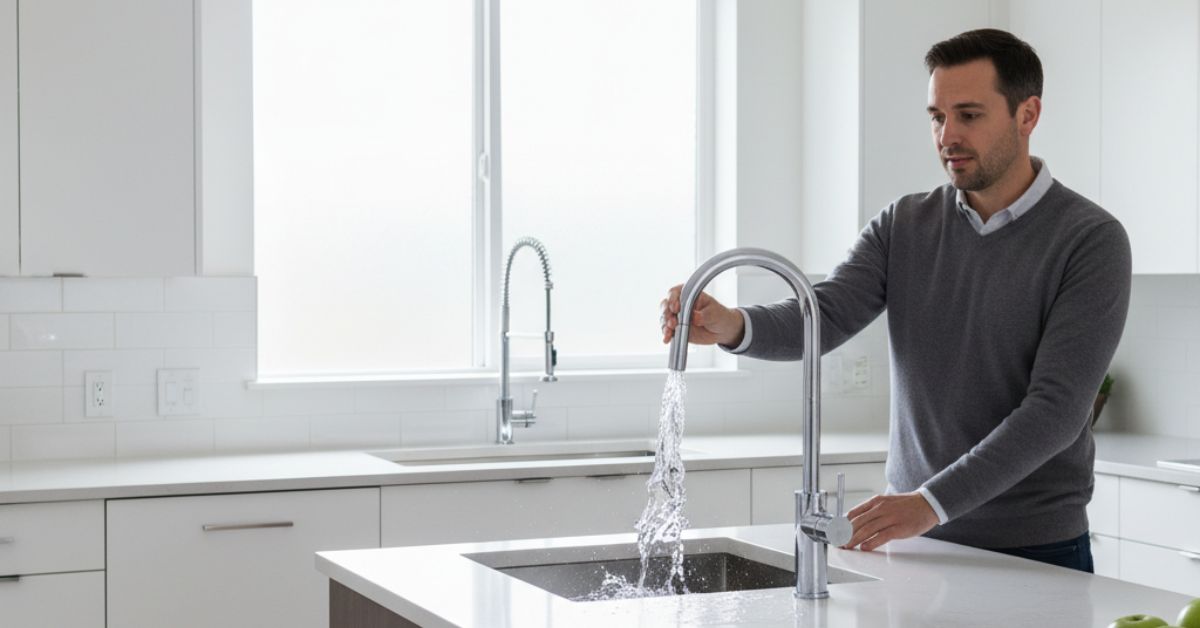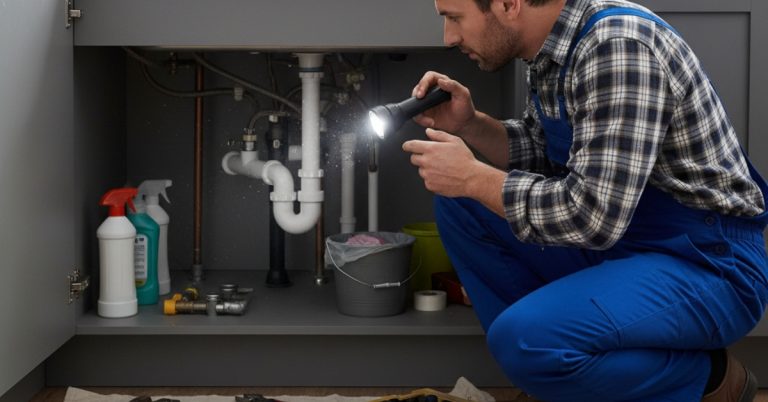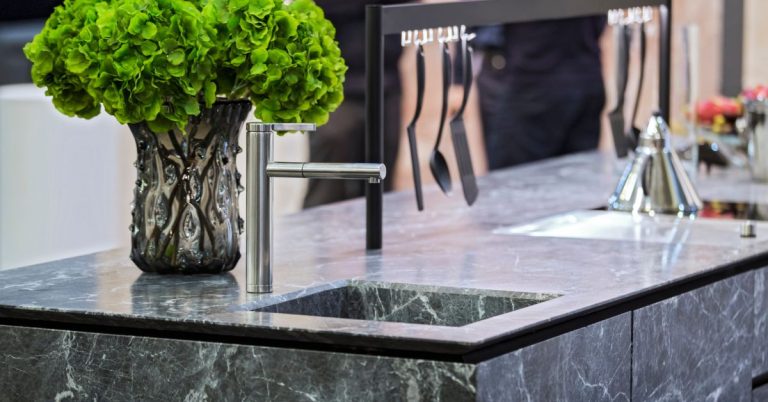To prevent low water pressure at home, regularly inspect for leaks, clean faucet aerators, avoid using multiple water-heavy appliances simultaneously, and maintain your plumbing system to ensure optimal flow.
Key Takeaways:
- Inspect for leaks
- Clean faucet aerators
- Limit simultaneous water use
- Maintain plumbing system
Low water pressure can be one of the most frustrating problems homeowners face. From weak showers to slow-filling washing machines, inadequate water flow disrupts daily routines and signals underlying plumbing concerns. Addressing low water pressure early prevents bigger issues, reduces water waste, and ensures your household systems run efficiently. Below, we provide a detailed guide with proven strategies to prevent low water pressure at home.
Table of Contents
Common Causes of Low Water Pressure
Understanding the root causes is the first step to prevention. Here are the most frequent culprits:
- Pipe corrosion: Aging galvanized pipes often corrode, restricting water flow.
- Leaks in the plumbing system: Even small leaks divert water, lowering pressure throughout the home.
- Clogged aerators and showerheads: Mineral buildup and debris reduce flow at fixtures.
- Faulty pressure regulators: If your pressure-reducing valve malfunctions, your home may experience weak flow.
- Municipal supply issues: Sometimes the water company’s system experiences drops in pressure.
By recognizing these common issues, you can act quickly before they affect your entire plumbing system.
Inspect for Plumbing Leaks
Leaks are one of the top reasons for pressure loss. To prevent low water pressure at home, conduct regular leak inspections:
- Check visible pipes in basements, crawl spaces, or under sinks for damp spots.
- Monitor your water meter—if it continues running when no water is in use, you likely have a hidden leak.
- Look for water stains or bubbling paint on walls and ceilings, which could signal a pipe leak inside.
In fact, according to the U.S. Environmental Protection Agency (EPA), household leaks can waste nearly 10,000 gallons of water every year. Addressing leaks early can save water and help restore normal water pressure.
Clean Faucets and Showerheads Regularly
Mineral buildup from hard water clogs aerators and restricts flow. To maintain strong water pressure:
- Remove aerators and showerheads every few months and soak them in vinegar overnight.
- Scrub away deposits using a small brush or toothpick.
- Replace old fixtures if they remain clogged even after cleaning.
If you live in a region with hard water, mineral accumulation is more likely. The U.S. Geological Survey (USGS) provides a helpful water hardness map so you can check your local conditions.
To improve fixture efficiency and flow, consider switching to WaterSense-labeled products, which are certified by the EPA to use water efficiently without sacrificing performance.
Installing a water softener may also help reduce future mineral buildup.
Maintain and Upgrade Pipes
Older homes often rely on galvanized steel pipes that corrode internally over time, reducing diameter and flow. To prevent this:
- Schedule professional pipe inspections every few years to assess pipe conditions.
- Replace aging galvanized pipes with copper or PEX for improved durability and better water flow.
- Insulate exposed pipes to prevent mineral buildup and freezing during cold weather.
Upgrading plumbing may seem costly, but it ensures consistent water pressure and increases property value.
Get your water heater repaired or replaced the same day
Check and Adjust Your Pressure Regulator
Most modern homes have a pressure-reducing valve (PRV) installed where the water line enters. This device controls the water pressure coming into your home.
- If your pressure feels weak, test your PRV using a water pressure gauge.
- Normal household water pressure should range between 40–60 psi.
- If the regulator is faulty, replace it with the help of a licensed plumber.
Maintaining the right water pressure not only improves flow but also protects appliances from high-pressure damage.
Flush Your Water Heater
Sediment buildup inside the water heater tank reduces water pressure in hot water lines. To prevent this issue:
- Turn off the heater and attach a hose to the drain valve.
- Drain the tank completely until clear water flows out.
- Repeat annually to minimize mineral accumulation.
This simple maintenance step restores pressure, increases heater efficiency, and extends appliance lifespan.
Install a Water Pressure Booster
If your home consistently experiences low pressure despite proper maintenance, installing a water pressure booster pump may be the solution.
- These systems use an electric pump and pressure tank to increase water flow throughout the home.
- They are especially useful in homes on hills, large properties, or those served by weak municipal systems.
- Always consult a plumber to determine the correct pump size and installation process.
Coordinate with Your Water Utility
Sometimes, low water pressure originates from the municipal supply. In such cases:
- Contact your local water company to report issues and verify if there are ongoing repairs.
- Request a pressure test to determine if the problem is external.
- Document fluctuations to help identify patterns that may suggest larger infrastructure problems.
While you cannot control external supply, knowing when the issue is outside your property saves unnecessary plumbing costs.
Preventative Maintenance Tips for Consistent Water Pressure
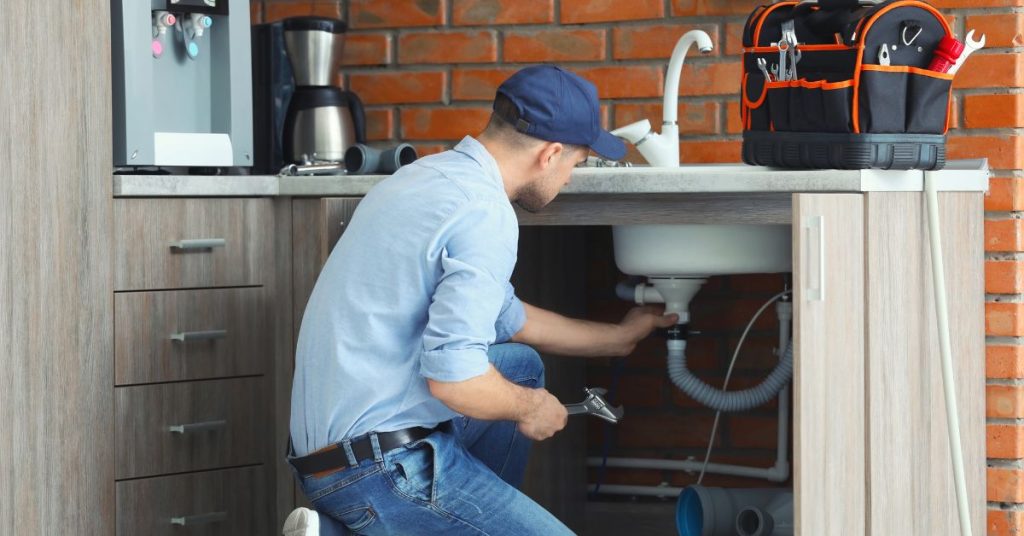
To ensure strong, reliable flow in your home, follow these preventative practices:
- Schedule annual plumbing inspections to detect early signs of leaks, corrosion, or pipe damage.
- Install water filters to keep sediment and debris from entering your plumbing system.
- Invest in high-quality fixtures and fittings to minimize future clogging issues.
- Monitor your water bills—unexpected increases may indicate hidden leaks.
- Educate household members about proper plumbing care to avoid excessive drain clogs.
- Test your water pressure regularly with a gauge to confirm it stays within a safe range.
- Flush your water heater each year to reduce sediment buildup that affects pressure.
- Insulate exposed pipes to prevent freeze damage and pressure fluctuations.
- Replace aging or corroded pipes before they restrict water flow.
- Clean faucet aerators and showerheads regularly to maintain consistent water pressure.
When to Call a Professional Plumber
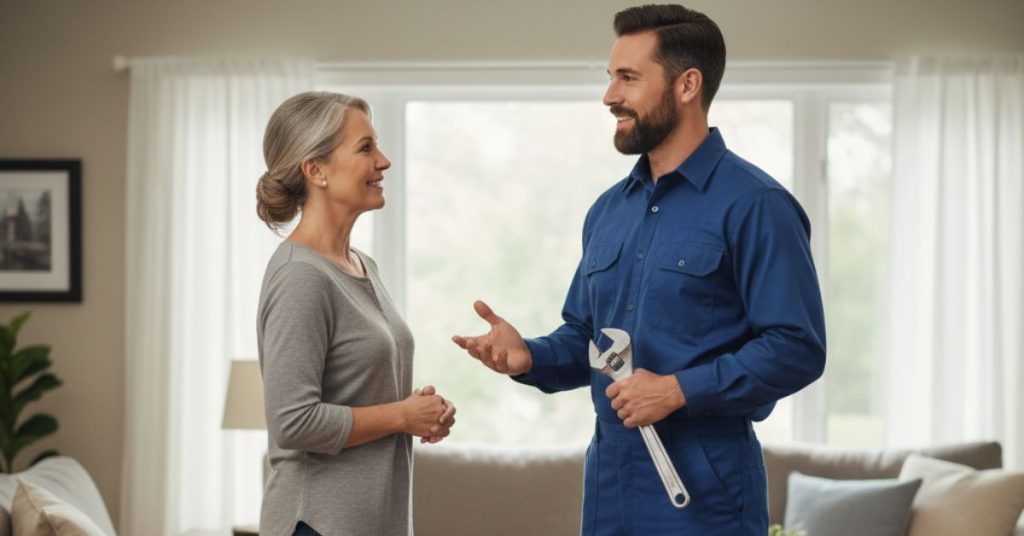
Some water pressure issues require more than simple DIY fixes. Call a professional if you experience:
- Sudden and unexplained drops in pressure.
- Rust-colored or dirty water indicating pipe corrosion.
- Multiple fixtures experiencing pressure problems simultaneously.
- Water pressure consistently below 40 psi, despite adjustments.
- Frequent pipe leaks or visible water damage around your home.
- Strange noises, such as banging or whistling, coming from your plumbing system.
A licensed plumber has the tools and expertise to pinpoint hidden problems, restore optimal flow, and even recommend affordable plumbing upgrades that make a big difference in your home’s efficiency.
Who to Call for Expert Plumbing Help Near You
If you’re facing ongoing plumbing issues like low water pressure in entire house, it’s time to call in the pros. 5 Star Best Plumbing is your trusted partner for reliable, fast, and affordable plumbing solutions. Whether you need:
- Emergency leak detection and repair
- Full home repiping
- Water heater replacement
- Pressure regulator diagnosis and repair
- Routine inspections and preventative maintenance
Our licensed technicians have the skills and experience to get the job done right. Don’t wait—contact us and restore your home’s water flow today!
Conclusion
Preventing low water pressure at home requires consistent plumbing maintenance, prompt repairs, and smart upgrades. From cleaning faucet aerators to inspecting for leaks and keeping your water heater free of sediment, small steps can make a big difference. By being proactive, you can ensure strong water flow, protect your appliances, and avoid costly plumbing emergencies down the road.
When simple fixes aren’t enough, turning to a licensed plumber ensures expert solutions and long-term reliability. With professional guidance, your home can maintain steady water pressure, giving you comfort, efficiency, and peace of mind every day.
FAQs
What causes low water pressure in the entire house?
Low water pressure throughout your home is often caused by pipe corrosion, hidden leaks, or a malfunctioning pressure regulator. It can also result from municipal supply issues or buildup in plumbing fixtures.
How often should I flush my water heater to maintain good pressure?
You should flush your water heater at least once a year to remove sediment buildup. This helps maintain consistent hot water pressure and extends the life of your appliance.
Can clogged aerators really affect water pressure?
Yes, mineral deposits can clog faucet aerators and showerheads, significantly reducing flow at individual fixtures. Cleaning them regularly can quickly restore normal water pressure.
Is low water pressure always a plumbing issue inside my home?
Not necessarily—sometimes the issue lies with your municipal water supply. If all your neighbors are affected, it’s best to contact your local utility provider.
When should I consider installing a water pressure booster?
If your home consistently experiences weak water flow despite proper maintenance, a pressure booster may help. It’s especially useful for homes on hills or properties far from the main water line.

